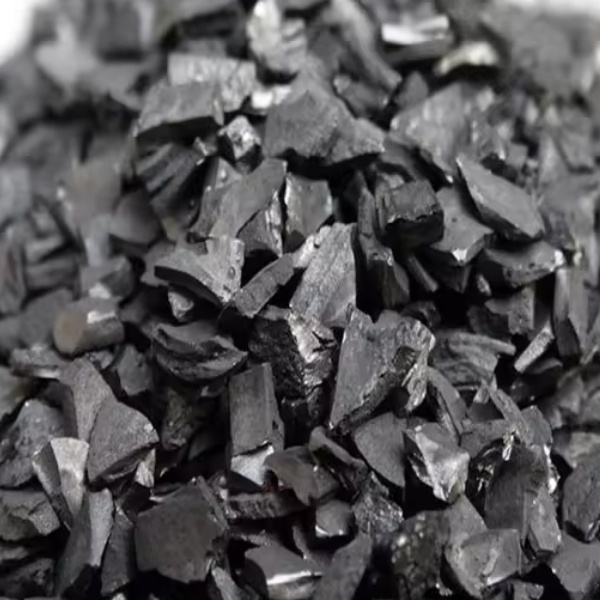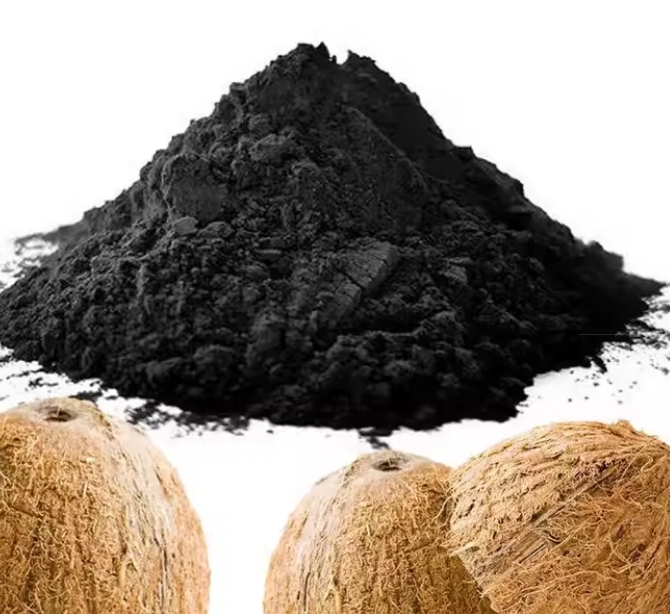Using coconut shells to produce activated carbon offers several advantages over other raw materials:

1.High Purity and Quality: Coconut shells are generally low in contaminants such as ash and sulfur, making them ideal for producing high-quality activated carbon with excellent purity.
2.High Porosity and Surface Area: Coconut shell-based activated carbon typically has a high surface area and micro-porosity. This structural characteristic enhances its adsorption capacity, allowing it to effectively trap and remove contaminants from liquids and gases.
3.Renewable and Sustainable: Coconut shells are a byproduct of coconut harvesting for food and other industries. Utilizing coconut shells for activated carbon production provides a sustainable alternative to other carbon sources, reducing environmental impact.
4.Cost-Effectiveness: Coconut shell-based activated carbon is often cost-effective due to the abundance of coconut shells in regions where coconuts are grown. This can lead to competitive pricing compared to activated carbons derived from other sources.
5.Versatility: Coconut shell activated carbon is suitable for a wide range of applications, including water treatment (removal of contaminants like chlorine, volatile organic compounds), air purification (removal of odors and volatile organic compounds), gold recovery in mining processes, and more. Its versatility stems from its ability to be tailored through various activation processes to meet specific adsorption requirements.
6.Overall, the use of coconut shells to produce coconut shell activated carbon combines environmental sustainability with high performance, making it a preferred choice for applications.



